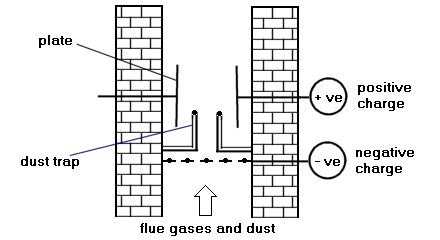Electrical Charge
Static electricity is when a charge builds up on an object and stays there, because the object cannot conduct electricity. An electric current is when charge flows through a conductor.
If two different insulating materials are rubbed together they may become electrically charged.
The charge is created because electrons move from one material to the other.
Electrons carry a negative charge.
The material that loses electrons will become positively charged, and the material that gains them will become negatively charged.
Electrically charged objects attract small objects, like pieces of paper, towards them.
If two electrically charged objects are placed near each other they exert a force on each other. They may attract and move together, or repel and push apart.
- Objects which carry the same charge will repel each other.
- Objects which carry opposite charges will attract each other.
- A charged object will attract an uncharged object.
A charged object can be discharged by connecting it to earth with a conductor.
If a large electrostatic charge builds up on an object it can be dangerous if it jumps to earth, for example sparks from a car door to a fuel pump could ignite the petrol.
Tall buildings have a lightning conductor to carry large charges to Earth, preventing a fire.
Uses of Electrostatic Charges
Photocopiers
- A copying plate is electrically charged and an image of the page you want to copy is projected onto it.
- Where the light falls on the plate, the charge leaks away, leaving the dark parts charged.
- These areas attract particles of a black powder.
- The powder is then transferred from the plate onto a sheet of paper.
- The paper is heated to make the powder stick, producing a copy of the original page.
Smoke precipitators
Burning fuels pollute the atmosphere with gases and smoke.
Smoke contains tiny solid particles. These can be removed before they escape out of chimneys using a smoke precipitator.

- As the waste gases pass the charged wire grid the smoke particles pick up a negative charge.
- They are repelled by the grid, but attracted to the positive charge on large collecting plates.
- They stick to the plates, which are knocked regularly causing the smoke particles to fall into the dust traps, from where they are removed.
Spray painting
- Car bodies are given a negative charge.
- Paint droplets are given a positive charge.
- The droplets repel each other so spread out into a fine spray.
- They are attracted to the oppositely charged car body, producing a smooth even coat.
In solid conductors, a current is a flow of electrons.
When some compounds are melted or dissolved in water they conduct electricity, because they form charged particles called ions.
Negative ions are attracted to the positive electrode and positive ions are attracted to the negative electrode where they form simple substances.
This process is called electrolysis.
Document Actions

 Like us on Facebook
Like us on Facebook